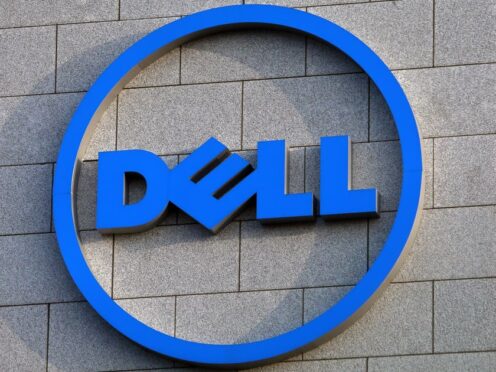
Computing giant Dell has confirmed it is investigating a data breach which the company says saw some personal information related to customers accessed.
The company did not confirm if the incident was caused by an inadvertent error or had been breached by hackers, but according to reports, an individual has tried to sell data they claim to have accessed in a breach of Dell via an online forum, claiming they accessed the details of 49 million people across several countries.
In a statement, the company said an “incident” involving a “Dell portal” had led to a database containing “limited types of customer information including name, physical address, and certain Dell hardware and order information” being exposed.
The computing firm said it “did not include financial or payment information, email address, telephone number or any highly sensitive customer data”, adding that it did not believe there was a “significant risk” to customers given the nature of the information involved – Dell said it was taking proactive steps to notify them.
A number of people have posted screenshots to social media of an email sent to them by the company confirming the incident.
“Dell Technologies has a cybersecurity program designed to limit risk to our environments, including those used by our customers and partners,” the US firm’s statement said.
“Our program includes prompt assessment and response to identified threats and risks. We recently identified an incident involving a Dell portal with access to a database containing limited types of customer information including name, physical address, and certain Dell hardware and order information.
“It did not include financial or payment information, email address, telephone number or any highly sensitive customer data.
“Upon discovering this incident, we promptly implemented our incident response procedures, applied containment measures, began investigating, and notified law enforcement. Our investigation is supported by external forensic specialists.
“We continue to monitor the situation and take steps to protect our customers’ information. Although we don’t believe there is significant risk to our customers given the type of information involved, we are taking proactive steps to notify them as appropriate.”
Stephen Crow, security director at cybersecurity firm ANS, said recent Dell customers should be alert to any suspicious messages they receive claiming to be Dell or another firm.
““An immediate priority for impacted Dell customers will be to be wary of communications around recent orders, as these could be fraudulent,” he said.
“Malicious actors may seek to gain more data through targeted attacks using the information stolen.
He added: “The data breach at Dell is a stark reminder that no organisation is completely immune from cyber threats, and that all forms of customer data requires stringent protection.
“Despite the absence of financial data, threat actors could potentially use the stolen information to launch phishing or malware attacks against consumers. They are likely to sell this data on the dark web as well, putting customers at even more risk.
“This incident serves as a call to action for companies to reassess their proactive cybersecurity strategies and incident response plans. Prevention is of course preferable, but should the worst happen, businesses need the ability to react quickly to contain the damage and minimise the impact on customers, no matter the type of data involved in a breach.”

Enjoy the convenience of having The Sunday Post delivered as a digital ePaper straight to your smartphone, tablet or computer.
Subscribe for only £5.49 a month and enjoy all the benefits of the printed paper as a digital replica.
Subscribe